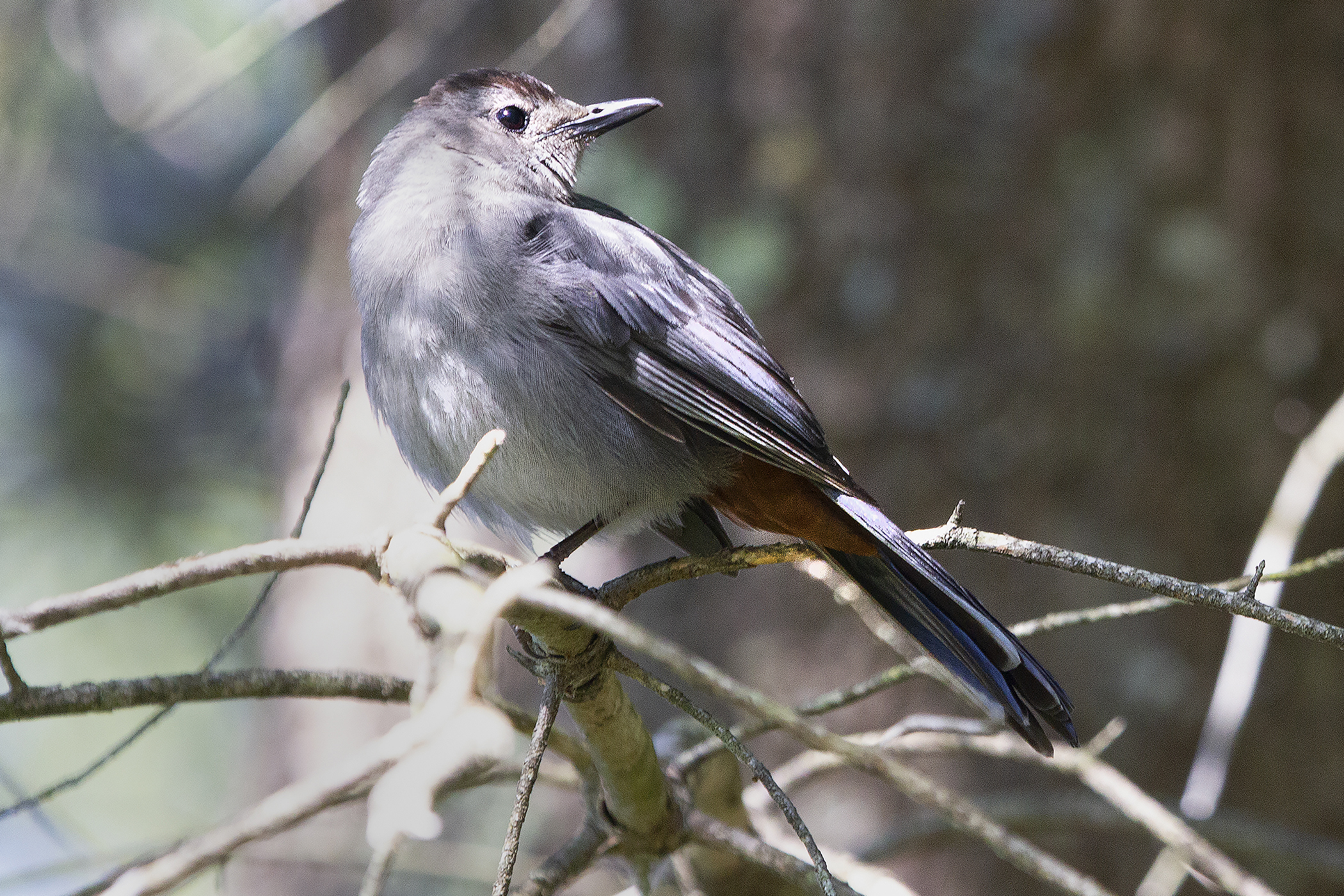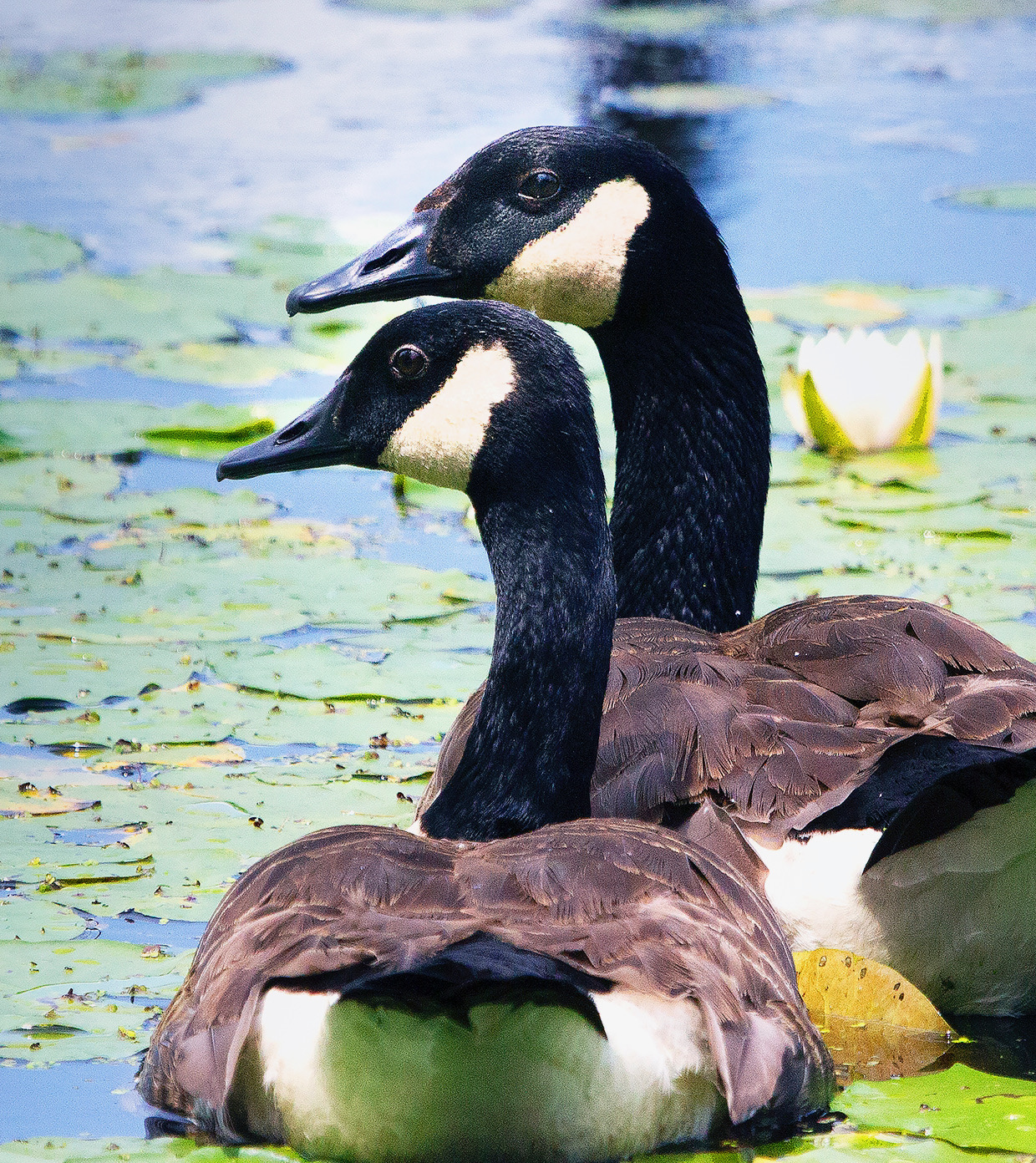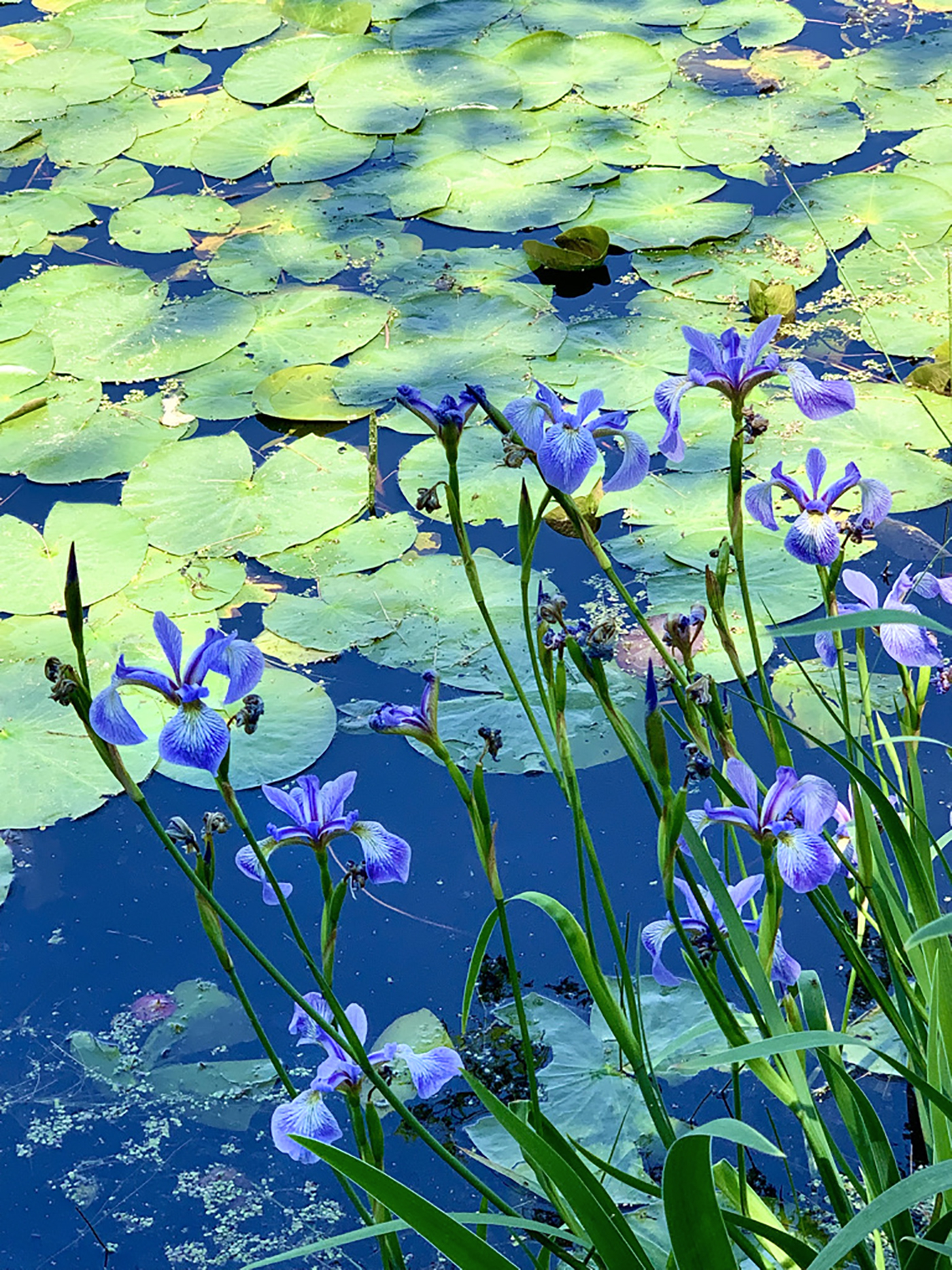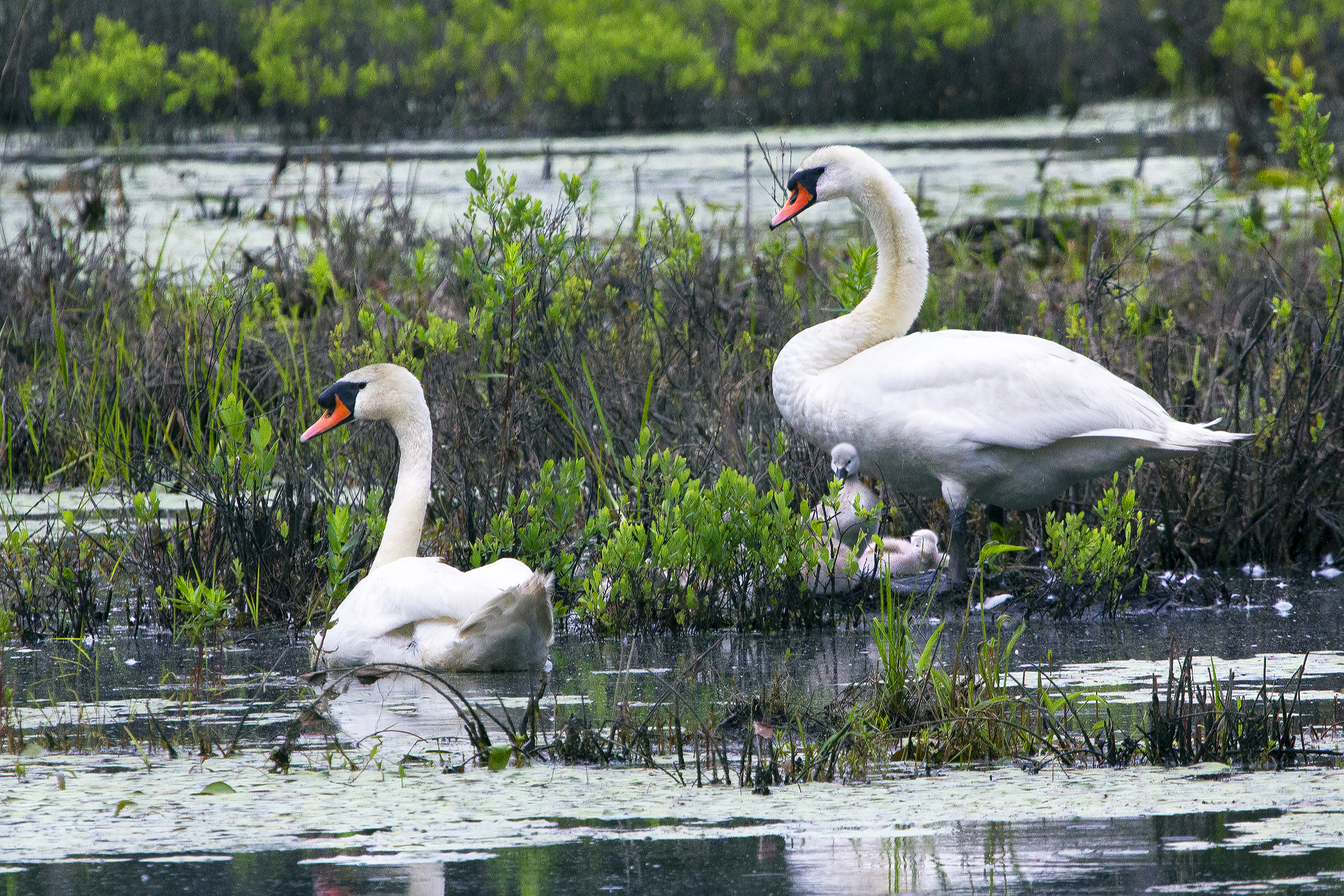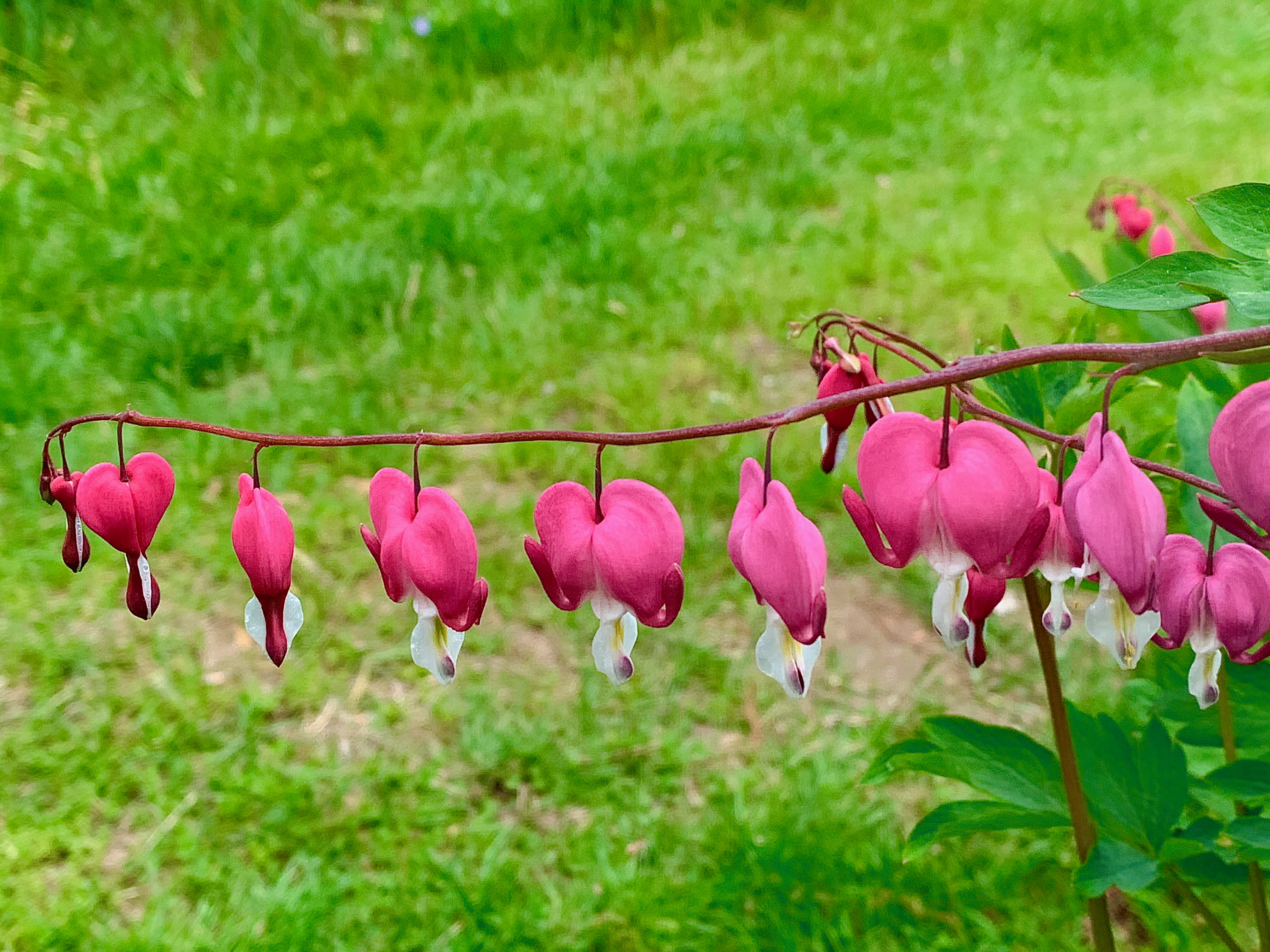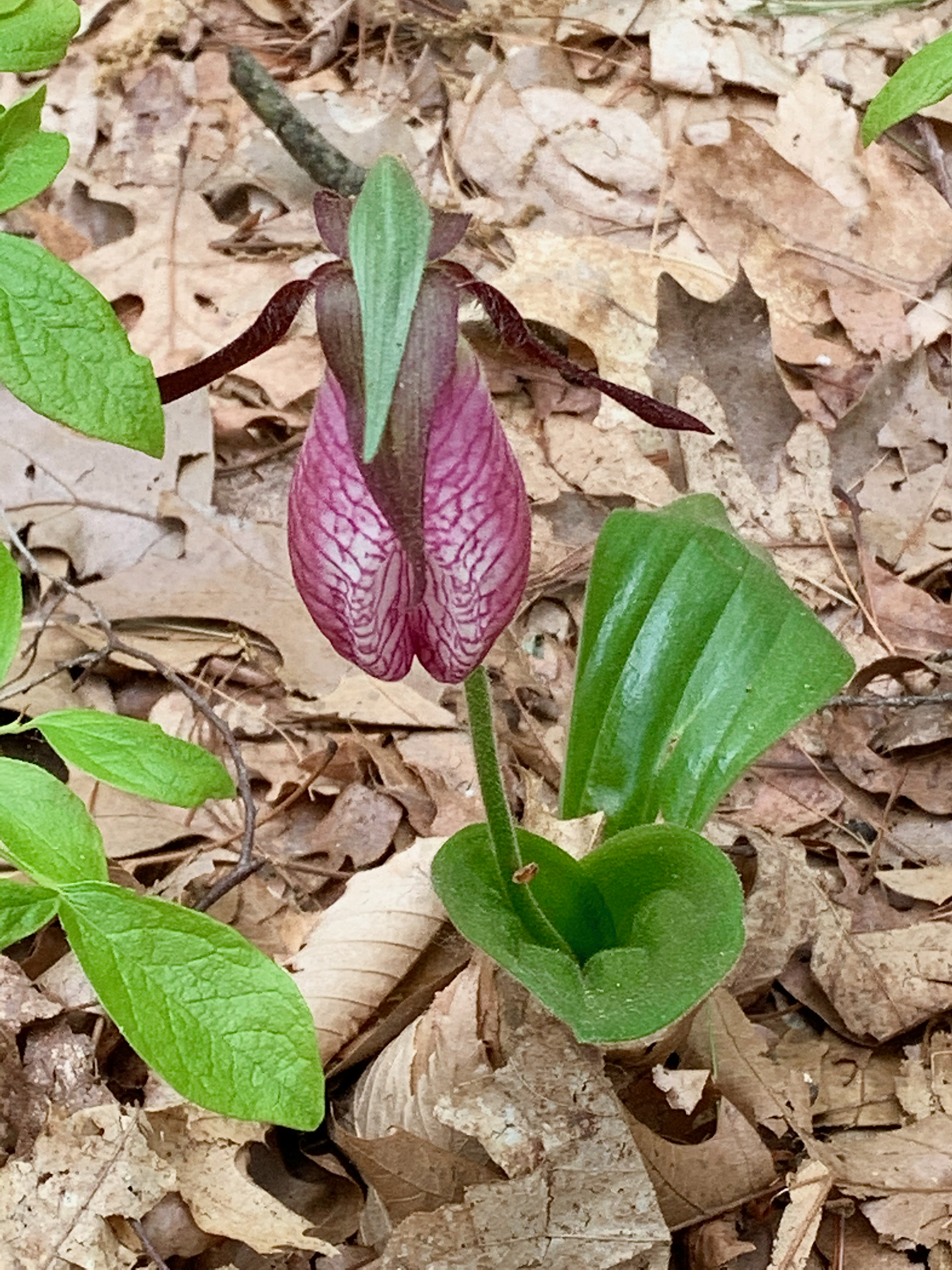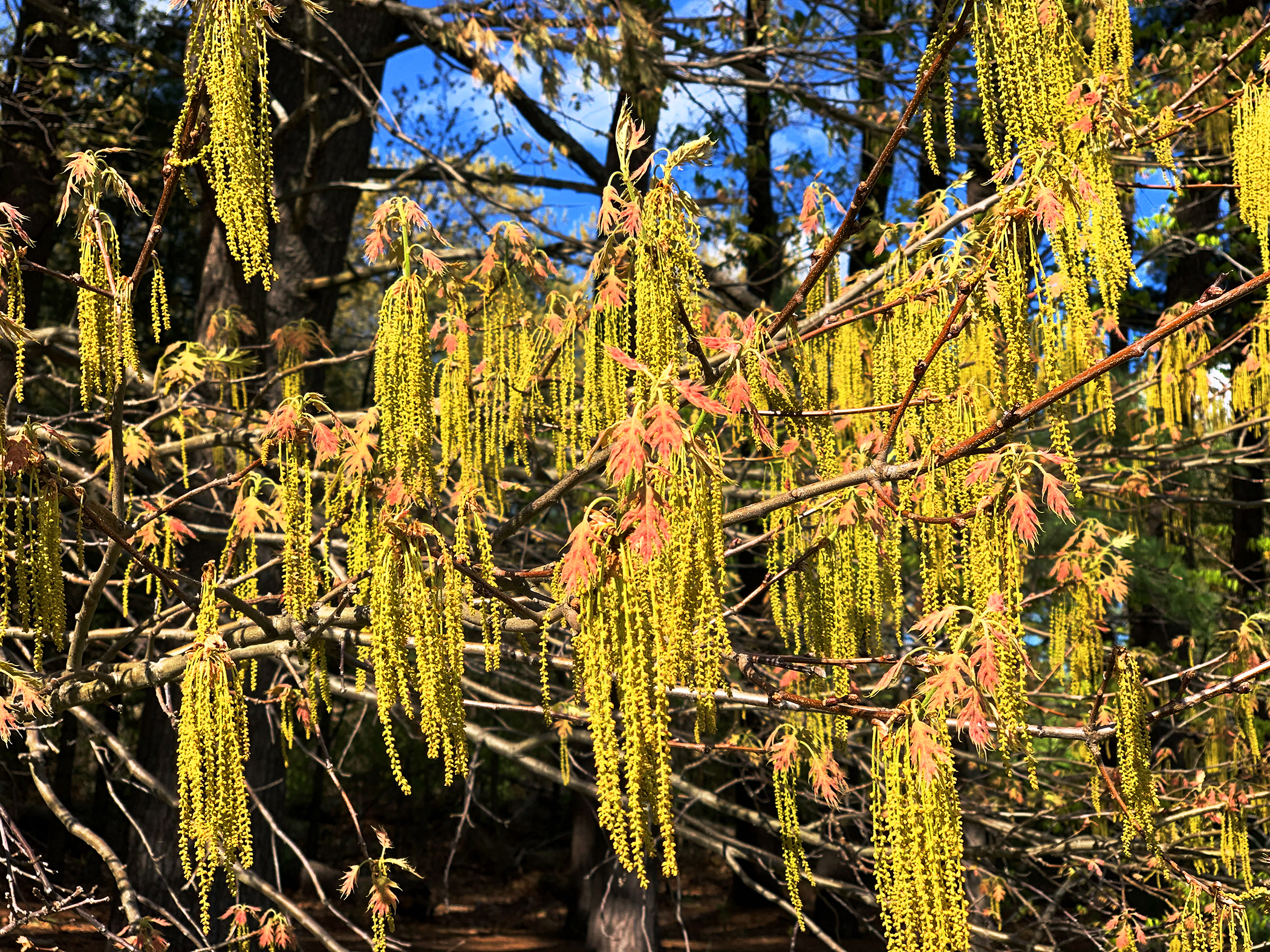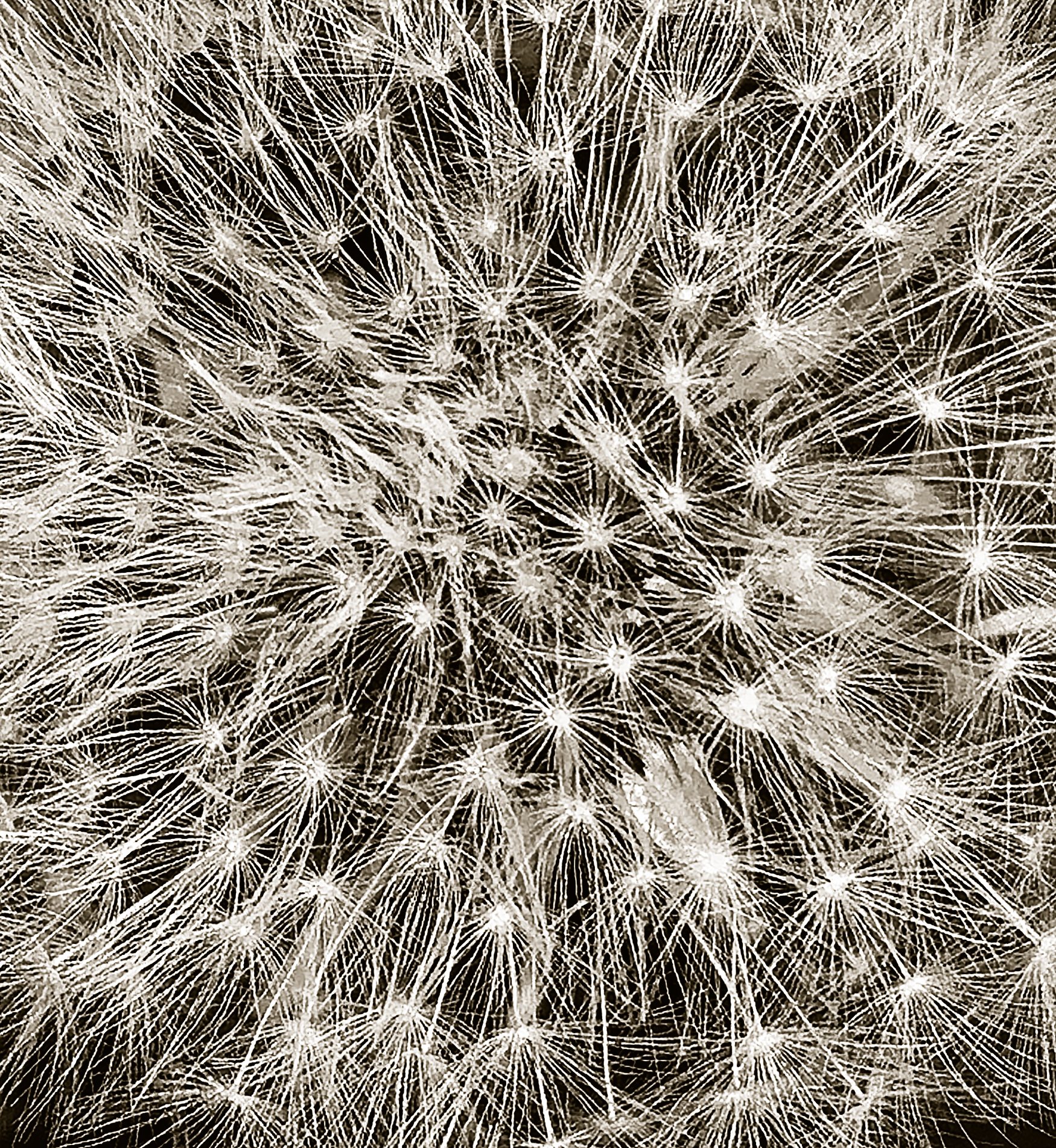Happy Father’s Day everyone!
For the last few weeks I have been trying to get a good photograph of a catbird at the Assabet River National Wildlife Refuge. Finally the little fellow of Figure 1 took pity and actually seemed to pose for me. I always love a sharp bird photograph, where the eyes are sharp and you can see the details of the pinfeathers. And, of course, I love the meows of these birds. This was taken with my big birding lens, which seems to have a mind of its own and gives nice sharp images when it wants to. I am quite pleased with the sharpness and the bokeh of this one!
Canon T2i with EF 100-400 f/4.5-5.6L IS USM lens at 275 mm, ISO 1600, Aperture priority AE mode 1/400th sec at f/7.1 with no exposure compensation.
“More than a catbird hates a cat,
Or a criminal hates a clue,
Or the Axis hates the United States,
That’s how much I love you.
I love you more than a duck can swim,
And more than a grapefruit squirts,
I love you more than a gin rummy is a bore,
And more than a toothache hurts.
As a shipwrecked sailor hates the sea,
Or a juggler hates a shove,
As a hostess detests unexpected guests,
That’s how much you I love.
I love you more than a wasp can sting,
And more than the subway jerks,
I love you as much as a beggar needs a crutch,
And more than a hangnail irks.
I swear to you by the stars above,
And below, if such there be,
As the High Court loathes perjurious oathes,
That’s how you’re loved by me.”
― Ogden Nash

